History of Matamata
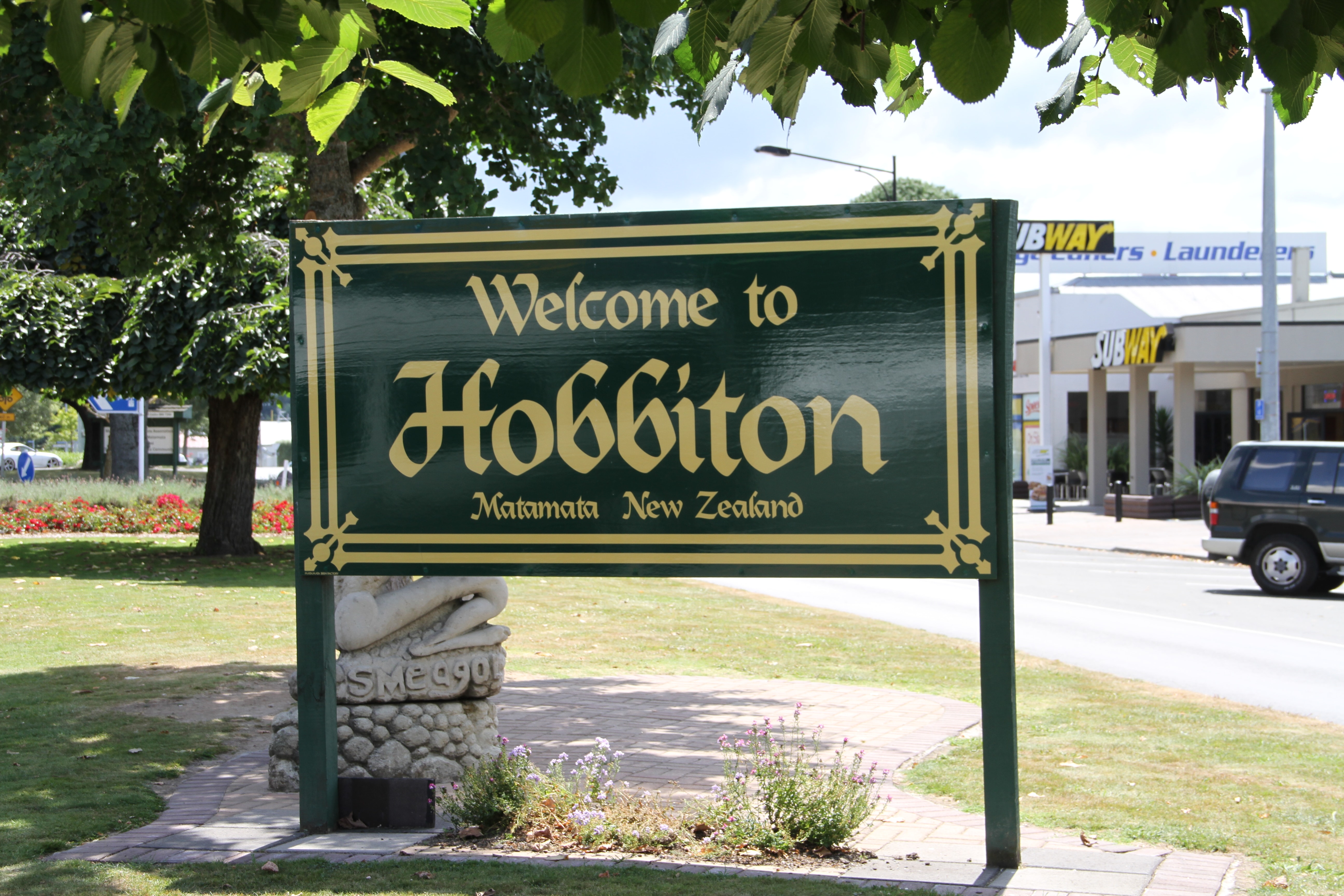
Matamata’s Past
As such a central township, Matamata has always been a stopping point for travellers or tourists. Over the centuries many travellers have passed through the Matamata district. Flax traders, missionaries, government officials, travellers and explorers passed through the Matamata Plains on their journeys and many left records of their visits.
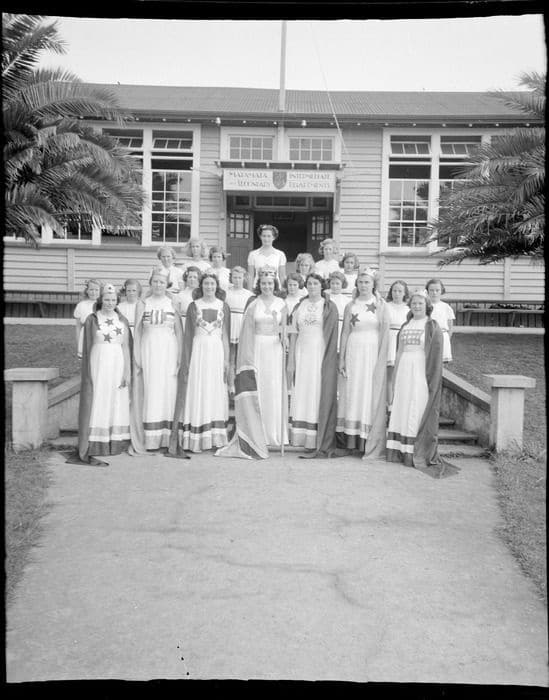
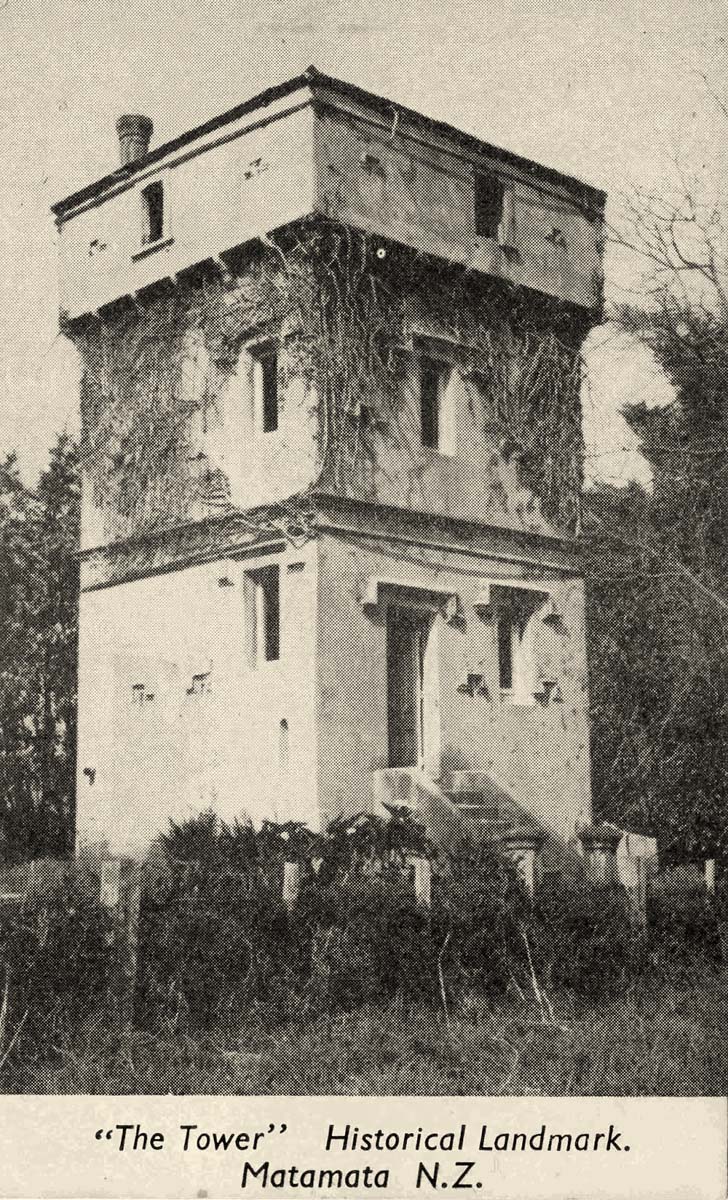
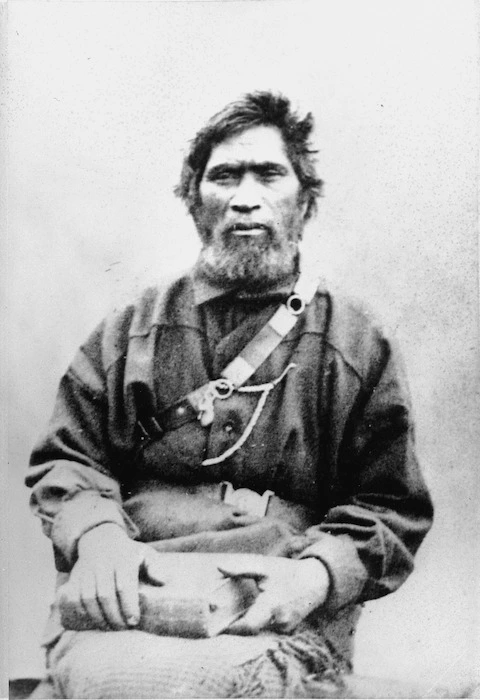
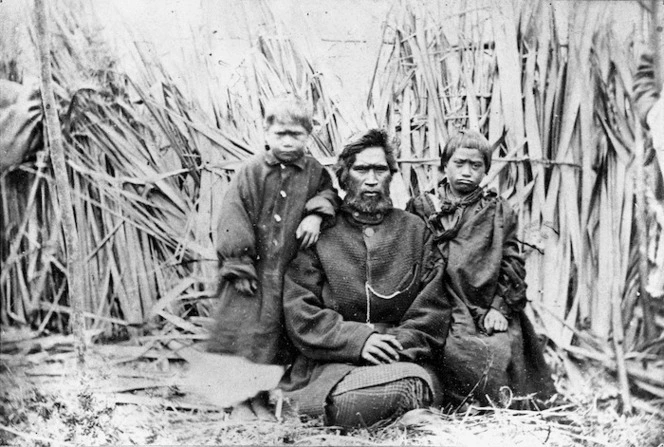
Matamata means ‘headland’. This was the name of a new pa established in 1830 by Te Waharoa, the famous Ngatihaua chief, on a ridge of high ground projecting into the swampy valley of the Waitoa River near Dunlop Road, a few kilometres north-west of present day Waharoa.
Over the centuries many travellers have passed through the Matamata district and some of them have remained and settled here. In pre-European times Maori warriors paddled up the Waihou River in canoes with trading or war parties, walked over the Kaimai and Mamaku Ranges and crossed the Matamata Plains en route to the Waikato, Rotorua, Thames, Taupo or Tauranga. Flax traders, missionaries, government officials, travellers and explorers passed through the Matamata Plains on their journeys and many left records of their visits. Among them were William Colenso, Ferdinand Hochstetter, Bishop Pompalier, Bishop Selwyn and John Kinder.
In 1833 four missionaries came up the Waihou and walked to the Matamata Pa to preach the first Christian sermon here. Two years later, at Te Waharoa’s invitation, the Rev Alfred Brown and his wife Charlotte arrived to set up a mission station. However it was not long before they had to leave because of tribal warfare. Tarapipipi, the son of Te Waharoa, was baptized as Wiremu Tamihana in 1839. He set up a Christian pa near-by. Tamihana later became known as The Kingmaker and also as a peacemaker.
In 1865, after the Land Wars, Josiah Clifton Firth, an Auckland flour miller and entrepreneur, negotiated with Tamihana for the lease of 22,600 hectares of land including the future site of the town of Matamata. He adopted the name of Matamata for his large estate which he later purchased. He hoped to grow wheat for his Auckland flour mill but the climate proved unsuitable and he had to turn to cattle, sheep and horticultural products.
In 1885 the Thames Valley and Rotorua Railway Company, of which Firth was a promoter, constructed a railway from Morrinsville across the plains to Matamata The selection of the site of a small railway station in the middle of the plain began the development of the future town of Matamata from a nucleus of a few houses scattered around the station and the railway line.
In 1887 the Matamata Estate was taken over by the Loan and Mercantile Company and then by the Bank of New Zealand. In 1904 it was subdivided into 118 farms which were offered for ballot to farming applicants.
The township of Matamata, which was still a tiny settlement, was surveyed into town sections with provision for wide streets and a recreational area at the central domain. The surveyors enclosed the new settlement on two sides with a 40 metre wide plantation reserve which over the years has developed into the Matamata Centennial Drive, now a botanical park with a wide variety of trees from all over the world.
Since 1885 Matamata has grown from a small scattering of houses around a railway station to a rural servicing town which provides for the commercial, medical, educational, religious, industrial and recreational needs of the residents of both the town and its rural hinterland. In doing so has developed its own distinctive character.
Written by Joan Stanley
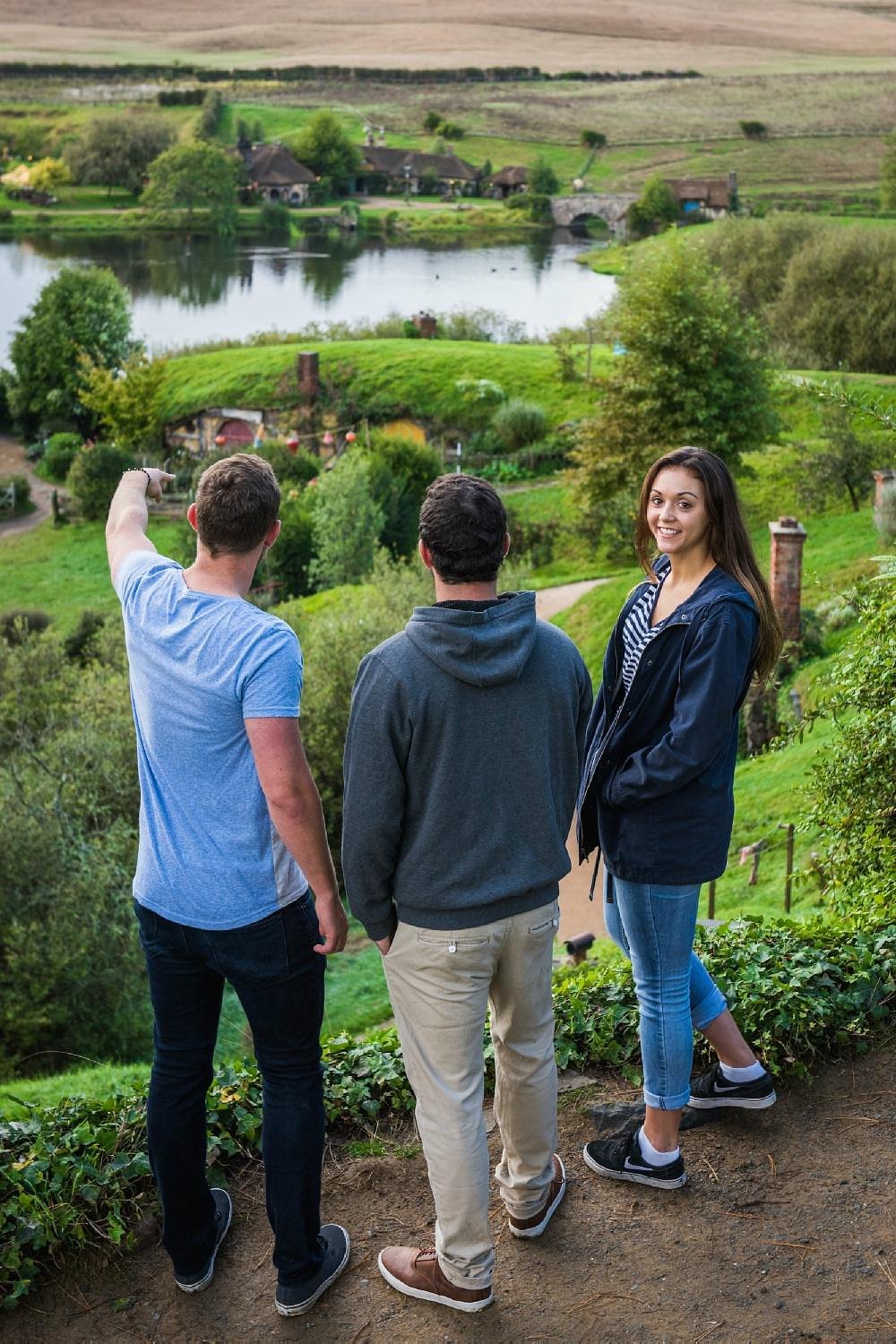

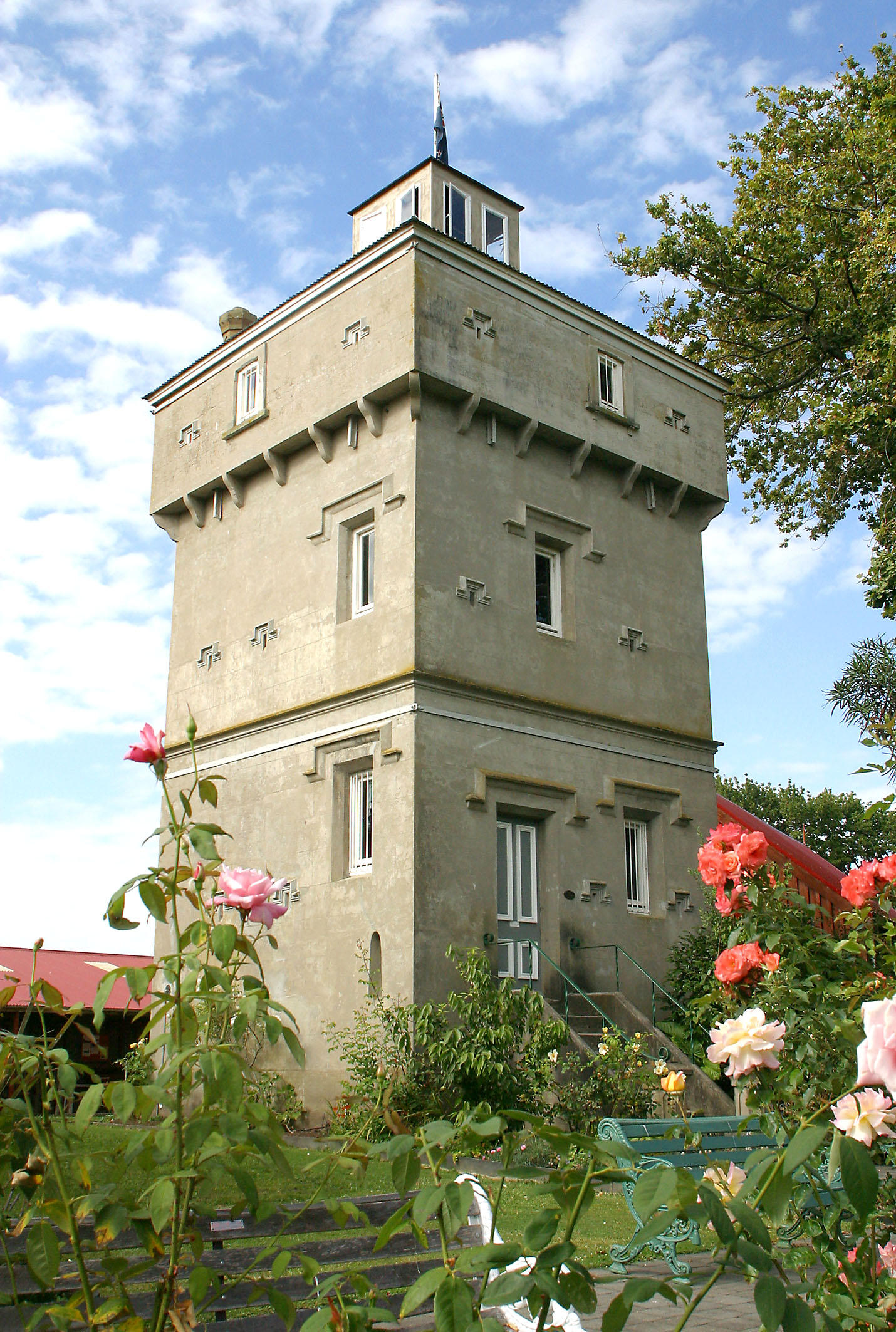
Matamata Today
With a backbone of farming and a renowned thoroughbred industry, Matamata has some truly unique attractions for visitors and locals to enjoy.
The undoubted highlight is the Hobbiton Movie Set, unlike any other site or amenity in the country. A selling point for New Zealand around the world, Hobbiton has to be seen to be believed. From humble beginnings as part of a sheep farm on the outskirts of Matamata, Hobbiton Movie Set has developed into a world-famous tourist attraction. The set was created for filming of the award-winning movie series, with incredible attention to detail. Hobbiton Movie Set features the funky Green Dragon Inn and a magnificent working mill on its comprehensive two-hour tours. Put it on your bucket list. Bookings can be made at the Matamata Visitor Information Centre.
Matamata, uniquely situated in the Golden Triangle of Auckland, Hamilton and Tauranga, also has some fantastic natural features on its doorstep including the spectacular Wairere Falls and beautiful Blue Spring.
The latest leg of the Hauraki Rail Trail adds Matamata to the network which includes Te Aroha, Paeroa, Waihi and Thames. Matamata Visitor Information Centre staff can organise aspects such as bike hire and shuttles for trail-users. Take a dip or even stay a while at Opal Hot Springs and enjoy a round of golf at neighbouring Matamata Golf Club.
Find out more about the area’s rich history at Firth Tower Museum.
The attractive town centre has an array of retailers and services, sprinkled with a wide variety of food and hospitality outlets.
Accommodation options include good quality motels, a backpackers’ hostel and a plethora of bed and breakfast establishments.
Matamata is the ideal staging point for trips to the beach or skifield, or on to the regular tourist stops of Waitomo, Rotorua and Taupo.
The Matamata Visitor Information Centre boasts a comprehensive selection of pamphlets on other parts of the country, plus handy maps. The wonderful team in the iconic Gatehouse on Broadway can also get you on board Intercity buses to Auckland, Hamilton, Tauranga and Rotorua.
Written by Steve Edwards

Explore Matamata
At the Matamata Visitor Information Centre we have created a number of premade Itineraries for you to explore for your convenience. These Itineraries explore the local area at a variety of budgets to cater for all. Explore the wealth of what Matamata has to offer.
